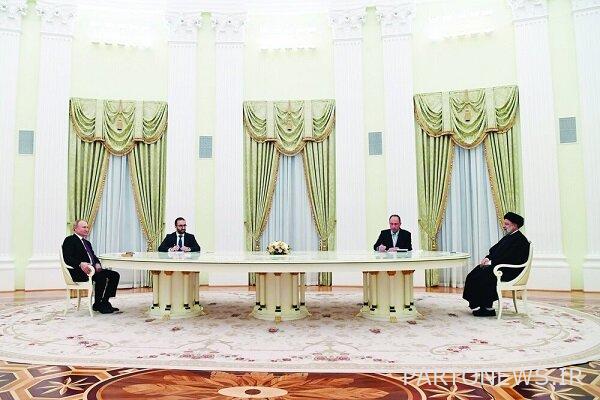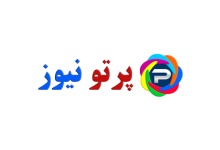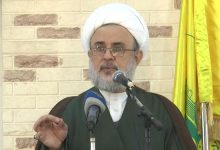Iran-Russia Maximum Strategy / The Image That Immortalized – Mehr News Agency | Iran and world’s news

Mehr News Agency, International Group: In an article by Pep Escobar, the Cridell website addressed the issue of Seyed Ibrahim Raisi’s trip to Russia. Escobar begins his article as follows: Three people can not be considered a large group, while this week’s meeting of the Iranian-Russian presidents and the coincidence of the two countries’ military exercises with the Chinese army in the Oman Sea and even a meeting The Russian-Chinese presidency, set for another two weeks, gives the impression that the top three Eurasian powers are pursuing a strategic vision that is growing rapidly.
The author adds: “Ibrahim Ra’isi’s official visit to Russia at the invitation of Vladimir Putin marked one of the most stunning geopolitical imagery of the 21st century, involving the Iranian president praying in the Kremlin.” This widely reflected image is a good symbol of the inevitable process of Eurasian integration.
The president’s visit to Russia, which focused on the need for a “permanent and strategic relationship”, “the two countries’ long-standing resistance to the United States” and the finalization of the “20-year Strategic Partnership Document”, shows his determination to synergize forces to confront the empire. It has a unipolar and declining distance from rationality.
In the meantime, one of the key elements of the 20-year strategic partnership is to create a financial network that can compete with Swift. The mechanism, initiated by Iran, Russia and China, has the potential to bring together members of the Shanghai Cooperation Organization as well as the Eurasian Economic Union, ASEAN, BRICS and other regional trade and security organizations.
New roadmap
The author of this article adds: When Iranian Foreign Minister Hossein Amir-Abdollahian met with his Russian counterpart Sergei Lavrov, he referred to Ra’isi’s visit as a “turning point in the politics of good neighborliness and looking to the East,” which is in fact a summary of the plan. It is the path of the new Iranian government, which pursues a neighborly and Asia-oriented policy with a focus on the East and focuses on economic diplomacy.
In contrast to Iran and Russia, the only policy proposed by the Western axis is the imposition of sanctions, which Tehran-Moscow, in turn, are determined to neutralize.
On the other hand, the dominant theme in Raees’s statements is the word “resistance” insofar as it says: In today’s world, the concept of resistance plays a pivotal role in deterrence equations.
Drawing the boundaries of a new world
The summary of Seyyed Ibrahim Ra’isi’s speech in the Russian Duma was that Iran’s victory was achieved on two fronts: the fight against Salafi terrorism and the fight against the US maximum pressure campaign.
These successes put Iran in a very good position as a partner of Russia, especially since it has unparalleled economic potential, especially in the fields of energy, trade, agriculture, industry and technology.
At the same time, as Raisi pointed out, in terms of geo-economic position, Iran’s position, especially in the north-south corridor, can make trade from India to Russia and from there to Europe much cheaper.
The author concludes: The new Eurasian-centered order, which encompasses a large population of the world, is on the rise. China is using Eurasia as a major arena to enhance its global role, and this fact, in parallel with the rapid Iran-China-Russia convergence, could send clear messages to Western supporters of a unipolar rule-of-law system.
Iran also has a special place among developing countries, while Russia is also heavily involved in the de-Westernization of world governance.
It is no surprise now that the leaders of the three main powers in the Eurasian region are preparing for face-to-face meetings just a few days apart. While the Atlantic axis is fascinated by pride, arrogance, and incompetence, we are witnessing the demarcation of the post-Western world, which is centered on Eurasia.
.

